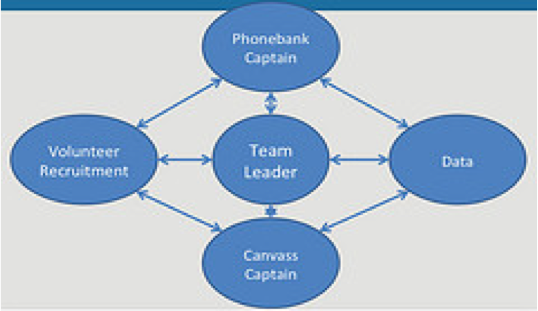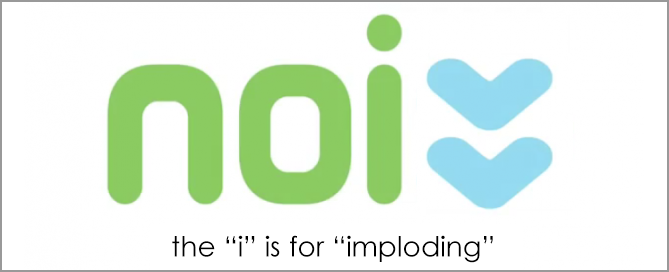Most tech geeks are familiar with the concept of distributed computing. From the search for extraterrestrial intelligence (SETI), to the search for Mersenne prime numbers (Prime95), and the cure for Alzheimer’s (Folding@Home), the model is the same; utilize distributed computing resources to achieve a common goal. Instead of a top-down super-computing model, individuals volunteer their personal computing resources to answer questions about medicine, mathematics, and life itself. The advantage being that there is very little overhead in maintaining such a system beyond the basic software that connects all of the users.
How does this apply to political campaigns?
It’s simple. Instead of a top down “corporate” approach to managing volunteers, campaigns provide an infrastructure (training, software, etc…) to volunteers, which empower them to organize their block, neighborhood, precinct or country. The advantage of this type of system is that it minimizes the need for direct management from senior campaign staff and it is incredibly scalable. Further, it allows for person to person contact instead of relying on expensive mailers and TV ads.
The Obama campaign utilized such a model for his 2012 victory, nicknamed “Snowflake”. The Obama campaign would send out paid Field Coordinators to battleground states with the mission of creating a grassroots field organization. Each coordinator would recruit five neighborhood captains, each with the responsibility of building five member teams, and it was the responsibility of each of these team members to recruit four volunteers. When properly executed, each “snowflake” would consist of 500 grassroots activists, and on average would turnout 1,000 votes for the President.

If the “snowflake” represents the hardware of distributed computing, then “Dashboard” would most certainly be the software. Drawing inspiration from social media and Google, the campaign was able to bring new members into the snowflake, introduce grassroots activists to one another, match volunteers to skillsets, and share events, all without direction from campaign staff.
https://www.youtube.com/watch?v=lqSGFnOwQkM?rel=0
While the volunteer organizational method is not entirely new, the Obama campaign was able to leverage technology in a way that increased volunteer productivity to levels never before thought possible. As the Republicans discuss how best to move forward, it is important that they not only accept the changing landscape of technology and elections, but become a leader in it.
There are thousands of liberty-minded and conservative activists across the country who want to fight for the timeless principles on which this country was founded. If the RNC would spearhead the efforts to create, implement, and manage a system such as “Dashboard”, we could unite our disparate resources into a movement for Freedom, the likes of which have never been seen.
What Do You Think?
How could Republicans adopt — or improve on — the Snowflake model?



